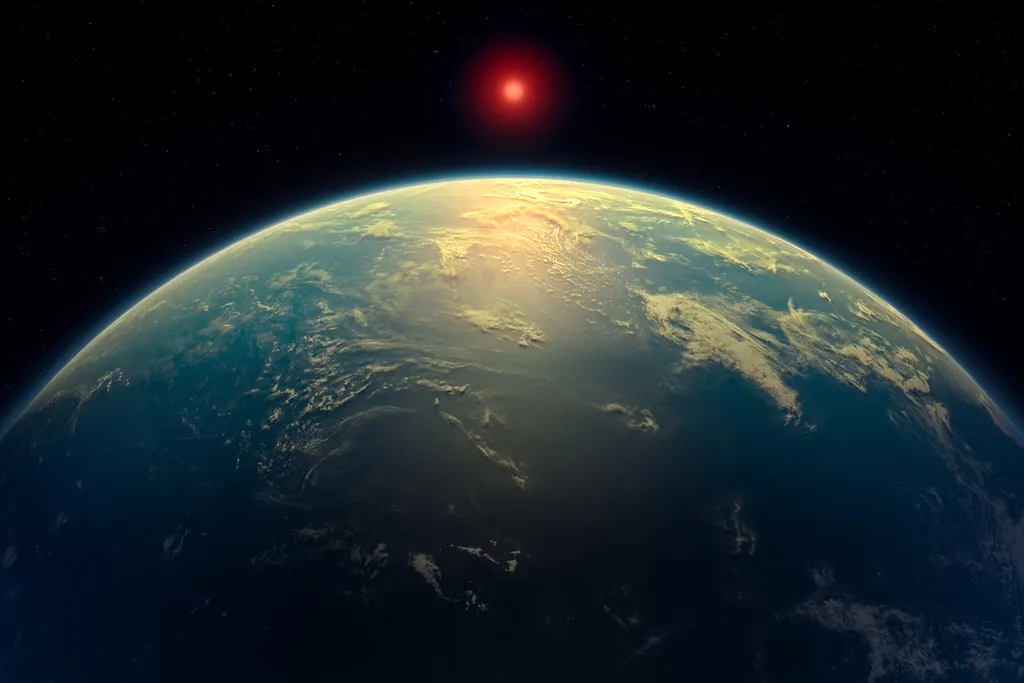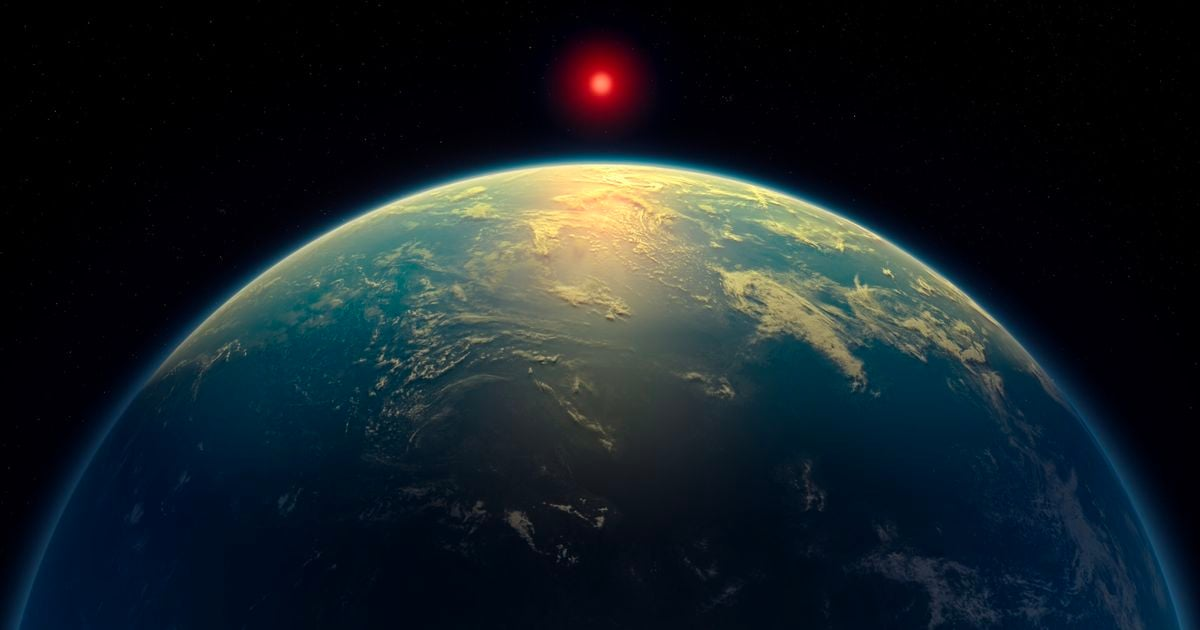
Scientists have detected what they say is the “strongest evidence yet” for the existence of extraterrestrial life, found on a giant planet 124 light-years away.
The James Webb Space Telescope spotted possible chemical signatures that, on Earth, are only produced by life, such as algae. The compounds, called dimethyl sulfide (DMS) and dimethyl disulfide (DMDS), were reportedly identified on the planet K2-18b. The team’s findings were published in Astrophysical Journal Letters on Wednesday.
“This the strongest evidence to date for a biological activity beyond the solar system,” says lead author Nikku Madhusudhan, an astrophysicist at the University of Cambridge in England, to Hannah Devlin at the Guardian.
But the findings are not proof. “We are very cautious,” Madhusudhan adds. “We have to question ourselves, both on whether the signal is real and what it means.”
Strongest hints yet of biological activity outside the solar system

NASA’s planet-hunting Kepler mission discovered K2-18b in 2015. Exoplanets like that one are commonly referred to as sub-Neptunes—they’re larger than the Earth, but smaller than Neptune. Madhusudhan suggests the planet is a “Hycean” world, a term that comes from “hydrogen” and “ocean.” Hycean planets are thought to be covered in water and have hydrogen-rich atmospheres.
Madhusudhan and his team first detected hints of dimethyl sulfide on the planet in 2023, along with carbon dioxide and methane. They were able to build on that research last year, using the James Webb telescope’s Mid-Infrared Instrument, which allows scientists to analyze the light from the world’s host star as it passes through the planet’s atmosphere. This offers researchers the chance to test what gases the atmosphere contains. The signal for the two identified chemicals “came through strong and clear,” he says in a statement.
“Earlier theoretical work had predicted that high levels of sulfur-based gases like DMS and DMDS are possible on Hycean worlds,” says Madhusudhan in the statement. “And now we’ve observed it, in line with what was predicted. Given everything we know about this planet, a Hycean world with an ocean that is teeming with life is the scenario that best fits the data we have.”
Still, the team urges caution in interpreting these results. They write that “a dedicated community effort in multiple directions—observational, theoretical and experimental,” will be needed to verify their findings.
Astronomers not involved in the research have additionally expressed some skepticism about the study’s conclusions. “I think this is one of those situations where extraordinary claims require extraordinary evidence,” says Laura Kreidberg, an astronomer at the Max Planck Institute for Astronomy who was not part of the research team, to Nell Greenfieldboyce at NPR. “I’m not sure we’re at the extraordinary evidence level yet.”
“It’s not nothing,” adds Stephen Schmidt, a planetary scientist at Johns Hopkins University who did not participate in the study, to Carl Zimmer at the New York Times. “It’s a hint. But we cannot conclude it’s habitable yet.”
The molecules detected by Webb could also be produced without the presence of life, such as in comets, explains astrophysicist Jake Taylor to Astha Rajvanshi at NBC News. “I do not believe this is the biosignature detection that will revolutionize astronomy,” he adds. But it’s “a good first step.”
Meanwhile, other researchers have proposed that K2-18b isn’t brimming with water, but with magma, instead. That’s what Christopher Glein, a planetary scientist at the Southwest Research Institute in San Antonio, and his team argued this week in a preprint paper, which has not yet been peer-reviewed. If K2-18b is a magma planet, that would dash astronomers’ hopes that the world is habitable.
If anything, the new findings and the debate around them are a testament to how much we have yet to learn about space and what lies within it. Joshua Krissansen-Totton, an astrobiologist at the University of Washington, tells the New York Times that he’s worried U.S. astronomers won’t be able to follow up on the study because of the Trump administration’s plans to cut NASA’s research budget almost by half. If that happens, he says, “the search for life elsewhere would basically stop.”

